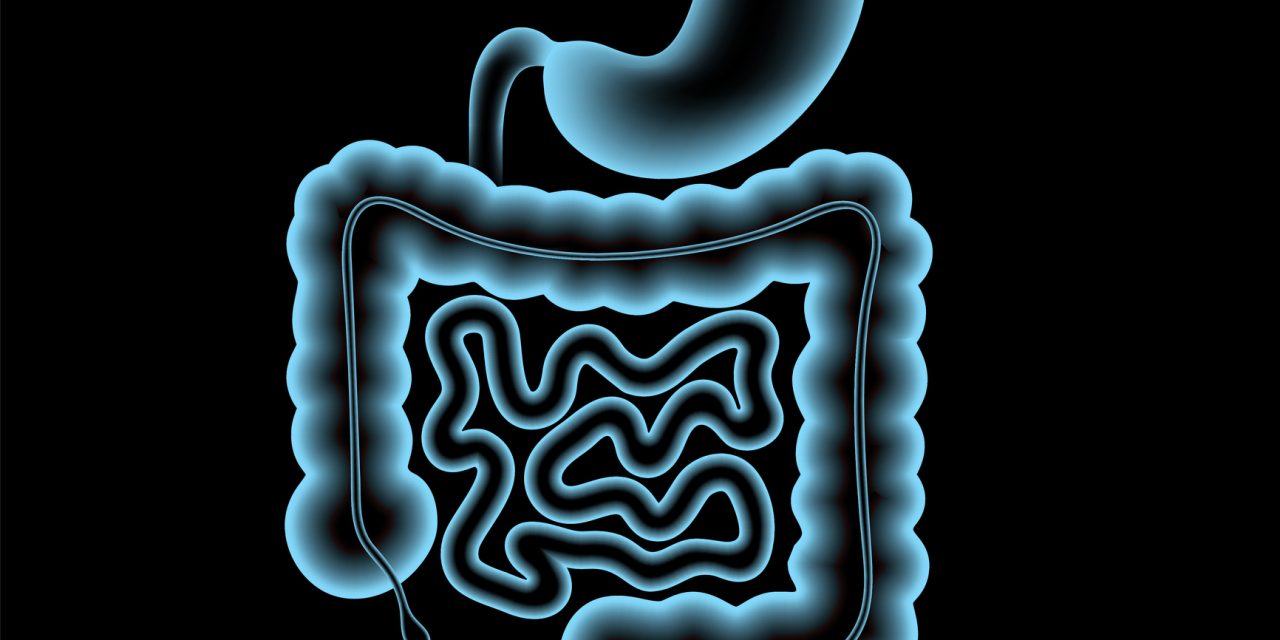The current gold standard diagnostic test for colorectal cancer remains histological inspections of endoluminal neoplasia in biopsy specimens. However, biopsy site selection requires visual inspection of the bowel, typically with a white-light endoscope. Therefore, this technique is poorly suited to detect small or innocuous-appearing lesions. We hypothesize that an alternative modality – multi-wavelength spatial frequency domain imaging (SFDI) – would be able to differentiate various colorectal neoplasia from normal tissue. In this ex vivo study of human colorectal tissues, we report the optical absorption and scattering signatures of normal, adenomatous polyp, and cancer specimens. An abnormal vs. normal AdaBoost classifier is trained to dichotomize tissue based on SFDI imaging characteristics, and an area (AUC) under the Receiver Characteristic Curve (ROC) of 0.95 is achieved. We conclude that AdaBoost-based multi-wavelength SFDI can differentiate abnormal from normal colorectal tissues, potentially improving endoluminal screening of the distal gastrointestinal tract in the future. This article is protected by copyright. All rights reserved.This article is protected by copyright. All rights reserved.
Adaptive Boosting (AdaBoost)-based multi-wavelength spatial frequency domain imaging and characterization for ex vivo human colorectal tissue assessment.


